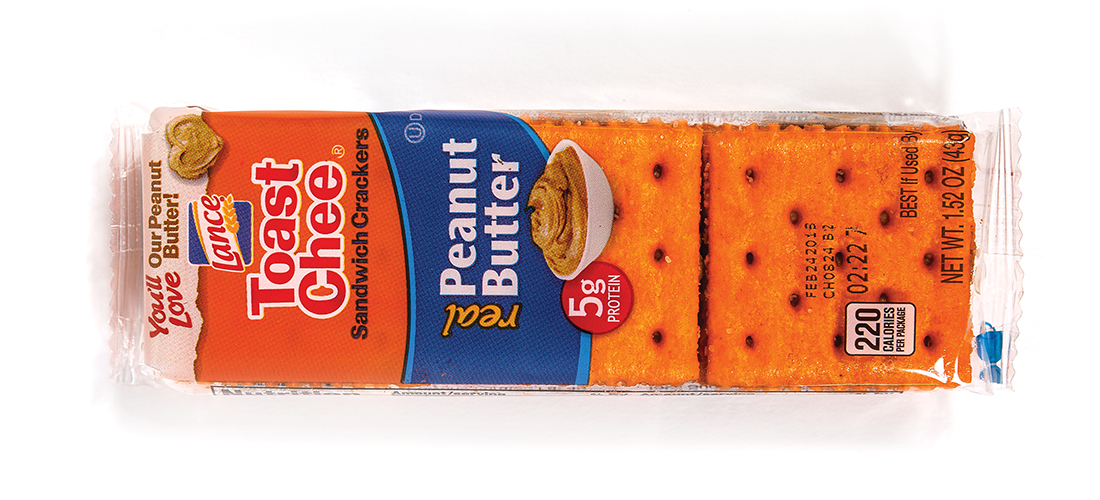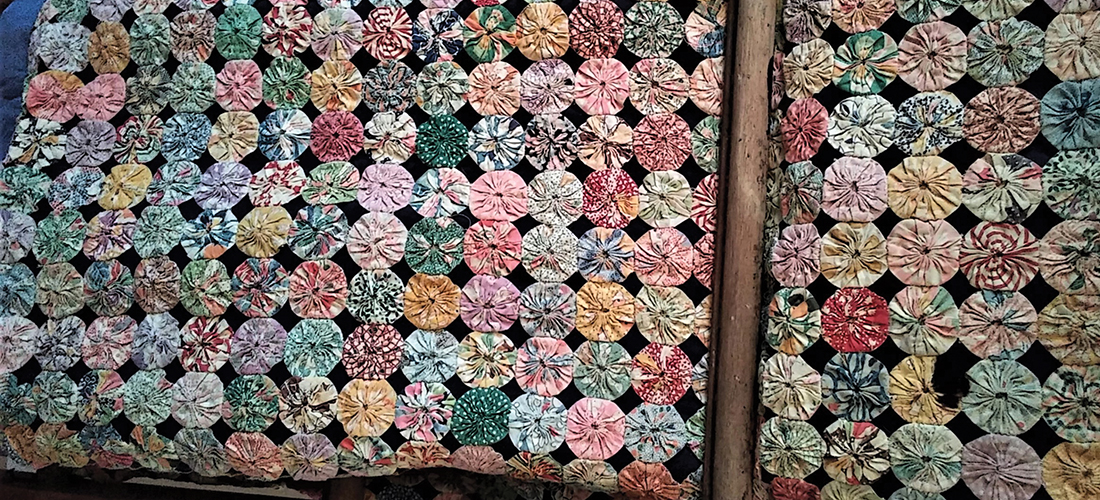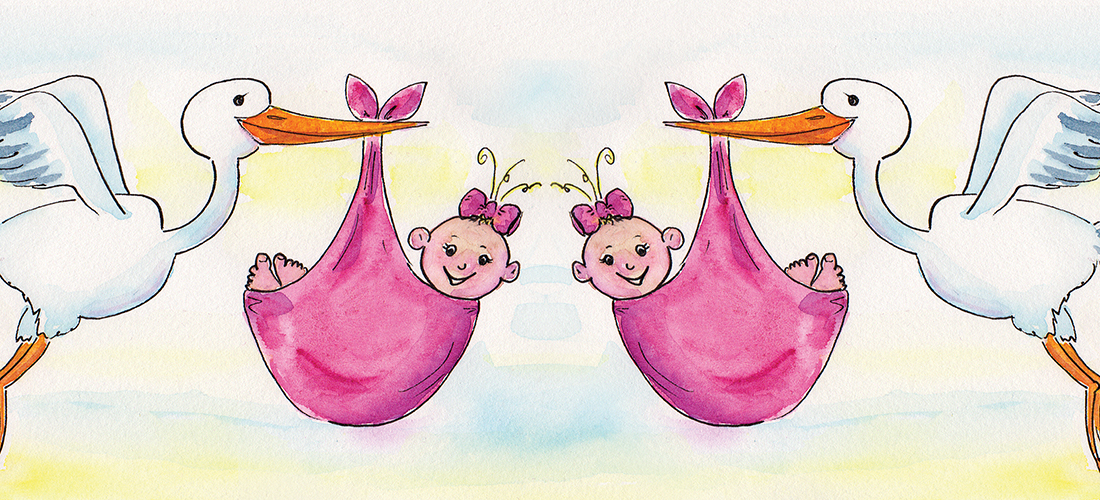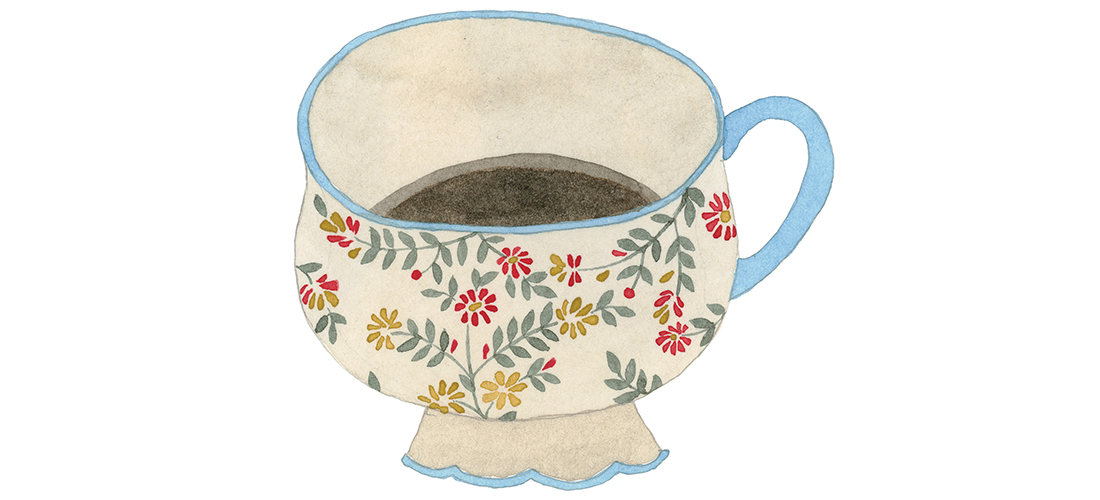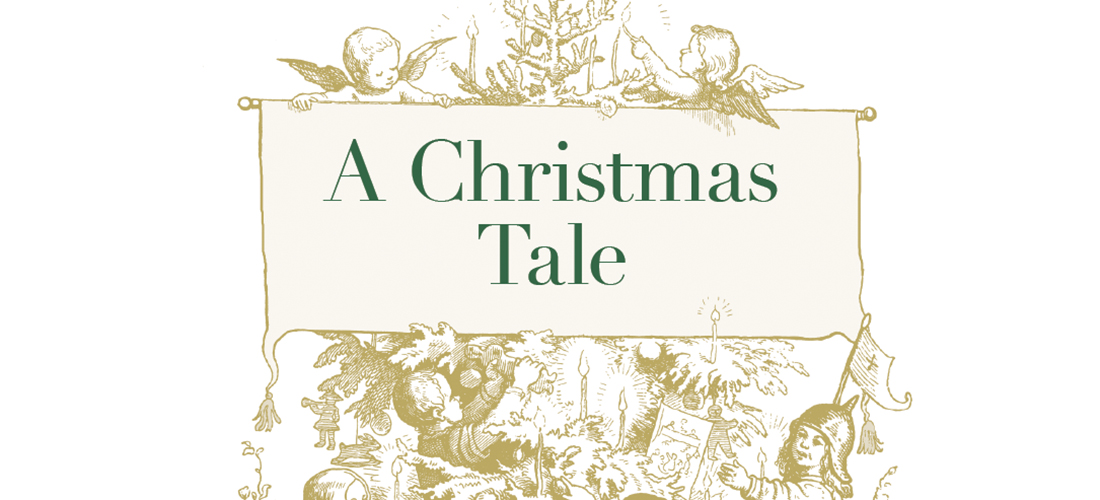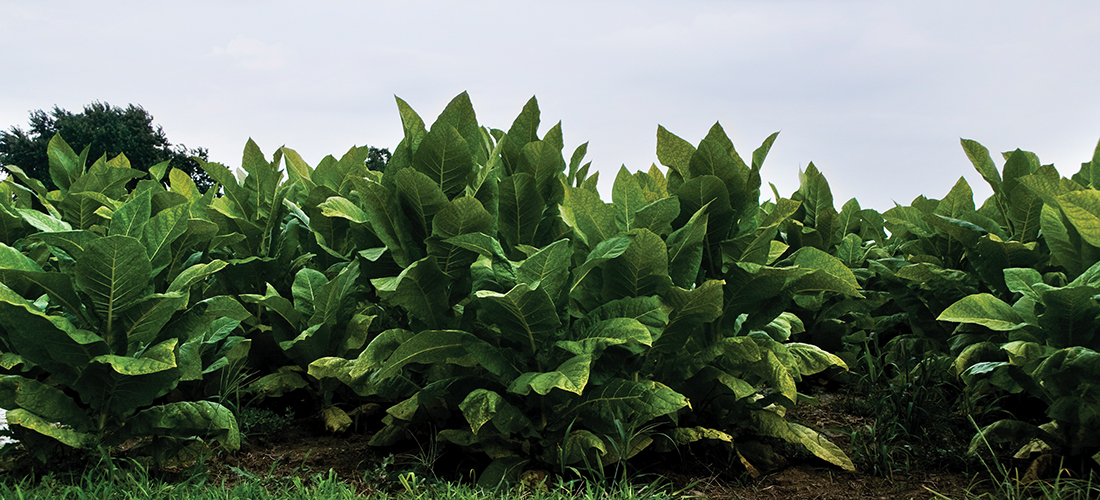Doing St. Paddy’s Day the Southern way
By Tom Allen
You are what your ancestors ate. And drank. Sometimes.
Credit English forebears for my fish and chips hankering. Hot tea, too. But a recent Ancestry.com search shows a wee bit o’ green pulsing through my veins. Therefore the Irish branch on my family tree should support corned beef and cabbage. But no. A split decision. I love cabbage. Ditto potatoes and soda bread slathered with Kerrygold butter. But, even on St. Patrick’s Day, I can’t stomach corned beef. Maybe that’s because nobody in Ireland eats the Americanized permutation, which replaced bacon — too expensive for poor Irish immigrants.
Funny thing is, I’m a deeply rooted Southerner who doesn’t appreciate a thick Better Boy tomato slice on white bread, made mushier with mayo. Duke’s, of course. “Unheard of,” some folks say. “Treason,” others sneer. My reply? “Sorry, it’s a texture thing.”
Leprechauns aside, March 17 marks the feast day of Ireland’s beloved patron saint. In Ireland, until later in the 20th century, the day was more religious than raucous. While family and faith are important to the celebration, pubs and parades now mark the occasion as well. An estimated 33 million pints of Guinness are downed in that 24-hour period.
In America, St. Patrick’s Day is a one-day deal, but the Emerald Isle spends several days tipping its hat to the good fellow credited with Christianizing the island nation and driving out those legendary snakes. According to a friend with Irish roots, lots of folks wear green, even live shamrocks, but pinching is purely American. Pinch an Irishman who’s not wearing green and you’re liable to catch a left hook.
As for Irish food, colcannon, not corned beef, is a St. Patrick’s Day staple. The mixture of creamy mashed potatoes and cabbage or kale is served with bacon, a combination that makes me smile. But who whips up colcannon around here?
I’m a foodie traditionalist. Therein lies the pickle. Give me Hoppin’ John on New Year’s Day, burgers and dogs on July 4, turkey from Thanksgiving to Christmas. But what’s a Southern boy, with a bit of Irish ancestry, supposed to eat on St. Paddy’s Day? If not corned beef, perhaps a pork option honoring those frugal Irish immigrants who gave up their pricey bacon? Try cured and fried. Make mine country ham, sliced paper thin and seared in an iron skillet. Perfect, I say, with a plate of steamed cabbage. Pair with some buttermilk biscuits, spread with Kerrygold butter, of course, and dig into a fine pot of gold at the end of the rainbow.
Speaking of pickles, St. Patrick’s Day always falls during Lent, a season when some abstain from meat on Fridays. Last year, the feast fell on a Friday. Fortunately, some bishops in communities with large Irish-American populations relaxed the rule, granting one-day dispensations, so the faithful didn’t have to choose between sinning and nibbling on their beloved corned beef.
No such pickle this year, since St. Patrick’s Day falls on Saturday. So simmer a pot of cabbage. Load up that slow cooker with a slab of corned beef brisket, or, if you’re like me, fry up some slices of North Carolina’s WayCo country ham. Don a bit of green, offer a word of thanks for good souls like Patrick, then sit down to a salty feast that’s sure to keep those Irish eyes smiling. Erin go bragh!
Tom Allen is minister of education at First Baptist Church, Southern Pines.



